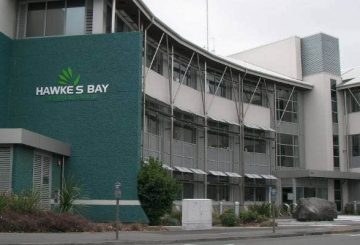인기 있는 아웃랜더 플러그인과 같은 플러그인 하이브리드 자동차 소유자는 정부의 결정으로 인해 도로 사용자 요금을 더 적게 지불하게 됩니다.시미온 브라운 교통부 장관은 이들 차량 소유주들이 도로 유지보수를 위해 주행 거리 1000km당 38달러를 지불할 것이라고 발표했습니다.이러한 차량은 전기 자동차처럼 주 전원으로 충전할 수 있지만 연료도 사용할 수 있습니다.
이전에 플러그인 하이브리드 자동차 소유주들은 전기 배터리와 휘발유를 모두 사용하기 때문에 다른 자동차보다 더 많은 비용을 지불할 것이라고 주장했습니다.특히 배터리 출력이 적은 구형 차량의 경우 더욱 그러했습니다.처음에 브라운은 1000km당 53달러의 요금을 제안했는데, 이는 디젤 차량 지불 금액의 30% 할인입니다.하지만 피드백을 받은 후 노동당과 녹색당은 요금을 38달러로 낮출 것을 제안했습니다.
위원회는 정부가 계획하지 않았던 이 변경을 만장일치로 승인했습니다.정부의 이번 결정은 법이 통과되면 더 낮은 세율이 적용될 것임을 의미합니다.브라운은 요금 인하가 없다면 해당 차량 소유주들은 도로 이용료 전액을 지불하고 납부한 휘발유세를 돌려받아야 한다는 점을 인정했는데, 이는 어렵고 사기 소지가 있을 수 있습니다.
세율 인하는 일시적이며 휘발유 소비세를 납부하는 대신 모든 차량을 도로 사용자 요금 제도에 포함시키는 광범위한 변경이 계획되어 있습니다.노동당 지도자 크리스 힙킨스 (Chris Hipkins) 와 노동당 교통부 대변인 탕기 우티케레 (Tangi Utikere) 는 플러그인 하이브리드 자동차 소유주와 환경 소유주들이 이길 수 있는 결정이라고 말하며 박수를 보냈다.





























































